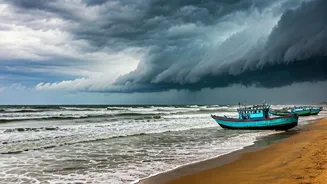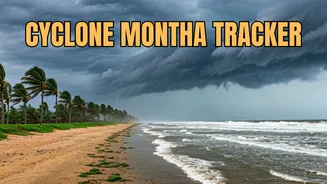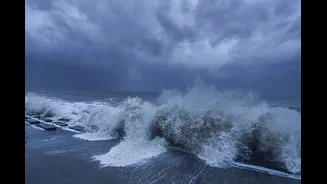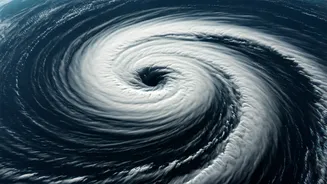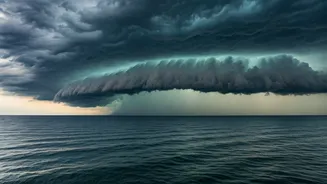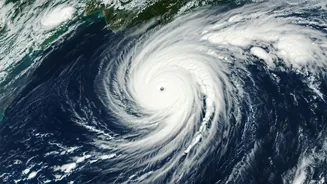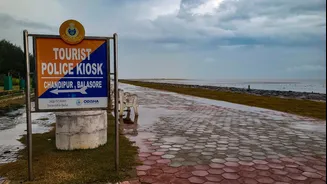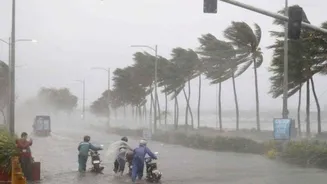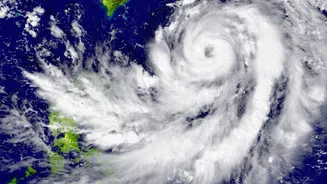Cyclone Formation Unveiled
Tropical cyclones, like Cyclone Montha, develop over warm ocean waters near the equator. The process begins when warm, moist air rises, creating an area
of low pressure below. This rising air then cools and condenses, forming towering thunderstorms. As more air is drawn into this low-pressure area, the Earth's rotation causes the storm to spin. This rotation, combined with the continuous influx of warm, moist air, fuels the cyclone, causing it to intensify and grow. The warm ocean water is essential, serving as the primary energy source for the storm. Without this constant supply of heat and moisture, the cyclone would weaken and dissipate. Factors like wind shear, the change in wind speed or direction with height, can either aid in the storm's development or disrupt its structure, impacting its intensity and longevity.
Naming Tropical Cyclones
The practice of naming tropical cyclones is a crucial part of the process, aiding in effective communication and tracking. International organizations, like the World Meteorological Organization (WMO), oversee the naming of these storms. Six Regional Specialized Meteorological Centres (RSMCs) around the globe are tasked with this responsibility, including one in India. These centers maintain pre-determined lists of names, which are used sequentially as cyclones form in their respective regions. The lists are decided years in advance by meteorological agencies across a specific region, ensuring consistency and avoiding confusion. This systematic naming allows for easier identification, tracking, and dissemination of information regarding these powerful weather systems. The naming also helps to distinguish between multiple storms simultaneously occurring in different areas, ensuring that the public receives the correct and most up-to-date information.
Impact on Coastal States
As Cyclone Montha approaches, states like Andhra Pradesh and Odisha are taking precautionary measures to mitigate potential damage and protect their populations. Schools have been closed, and fishing activities have been suspended in anticipation of the storm. Coastal regions are particularly vulnerable to the effects of cyclones, including strong winds, heavy rainfall, and storm surges. Local authorities are working to ensure that residents are informed about the impending storm and that emergency services are prepared to respond. Evacuation plans are in place for areas at highest risk, and shelters are being prepared to accommodate those displaced by the storm. These coordinated efforts are crucial in minimizing the impact of the cyclone on lives and property, demonstrating the importance of preparedness and prompt response in the face of such natural disasters.


